Looking to lose weight quickly? Sprints for weight loss are incredibly effective. They burn fat fast and improve overall fitness. In this guide, you’ll discover why sprints work so well, plus get practical tips and workouts to help you get started.
Key Takeaways
-
Sprint interval training is highly effective for weight loss, burning fat quickly and improving muscle tone due to its high intensity and efficiency.
-
SIT workouts take significantly less time to achieve results compared to traditional cardio methods, making them ideal for those with busy schedules.
-
Incorporating proper warm-ups, cool-downs, and safety practices is critical for maximizing the benefits of sprint training and reducing the risk of injury.
Why Sprints Are Effective for Weight Loss

Sprint interval training is a powerhouse when it comes to weight loss. Unlike steady-state running, sprinting intervals are highly effective at burning fat due to their high intensity. The explosive nature of sprints forces your body to tap into fat stores for energy, leading to significant fat loss over time. Moreover, sprint training engages multiple muscle groups simultaneously, improving muscle tone and strength while helping you lose weight.
One of the biggest advantages of sprint interval training is its efficiency. Traditional workouts often require a substantial time commitment to see results, but SIT allows you to achieve fat-burning benefits in a fraction of the time. This makes it an ideal choice for those with busy schedules who still want to see significant changes in their body composition.
Sprint interval training also offers a range of health benefits beyond weight loss. It helps prevent weight gain and reduces the risk of chronic conditions like diabetes and heart disease. Additionally, SIT promotes improved body composition by maintaining lean body mass while reducing fat mass. This dual effect not only enhances your appearance but also boosts your overall health and fitness levels.
The intensity of sprint training, often rated as a 10-out-of-10 on the perceived exertion scale, ensures that each workout is maximized for fat burning. This high-intensity approach not only targets stubborn body fat but also elevates your metabolism, leading to continued calorie burn even after the workout has ended.
Whether you’re looking to shed a few pounds or overhaul your fitness routine, sprint interval training is a powerful tool in your weight loss arsenal.
How Many Calories Do Sprints Burn?
When it comes to burning calories, sprint interval training is incredibly efficient. In just 3 minutes of sprinting, you can burn as many as 300 calories. That’s an impressive amount of calories for a short duration of exercise. This rapid calorie burn is significantly higher compared to jogging or other forms of steady-state cardio. For example, a 30-minute sprint session can result in a calorie expenditure of between 375 and 525 calories, depending on your weight and intensity level.
To put this into perspective, a 160-pound person burns approximately 180 calories jogging for 15 minutes, whereas a 200-pound person burns around 220 calories for the same duration. These figures highlight the superior energy expenditure associated with sprint interval training workouts.
High-intensity sprints maximize calorie burn in less time, making them ideal for efficient weight loss.
Sprint Interval Training Workouts for Fat Loss

Sprint interval training workouts are designed to maximize fat loss and improve body composition. Whether you’re a beginner or an experienced athlete, there’s a SIT workout to suit your fitness level. The key to success with SIT is to perform high-intensity sprints followed by periods of rest or low-intensity activity. This approach not only burns fat quickly but also enhances muscle tone and cardiovascular fitness.
To help you get started, we’ve outlined specific sprint interval training workouts for beginners, intermediate, and advanced fitness levels. Each workout is tailored to gradually increase intensity and ensure you get the most out of your training sessions. From short sprints with ample rest for beginners to all-out effort sprints with minimal rest for advanced athletes, these workouts are designed to push your limits and accelerate fat loss.
Beginner Sprint Interval Training Workout
A beginner sprint interval training workout helps build endurance and gradually increase intensity levels. This routine typically includes short sprints lasting 20-30 seconds, followed by longer rest intervals of 1-2 minutes to allow for recovery. This approach captures the benefits of high-intensity exercise without overwhelming newcomers.
Complete a proper warm-up with dynamic stretches before starting the sprints to prepare your muscles. A good warm-up increases blood flow, enhances flexibility, and reduces the risk of injury. After warming up, start your sprint intervals and gradually increase the intensity as you get comfortable.
Completing your sprints with a cool-down session, including static stretches, is crucial for muscle recovery and reducing stiffness. Stretching relaxes tight muscles, improves flexibility, and aids in quicker recovery and better performance in future workouts.
This beginner sprint interval training workout is designed to build your endurance training gradually while increasing intensity over time. Following this routine helps you safely and effectively improve fitness, burn fat, and prepare for more advanced sprint workouts.
Intermediate Sprint Interval Training Workout
The intermediate sprint interval training workout offers a greater challenge for those with some experience in high-intensity interval training. This routine is designed to push your current fitness levels by incorporating more intense sprints and shorter rest intervals. A typical intermediate workout might include sprints lasting 30-40 seconds, followed by 1-minute recovery periods.
Incorporating hill sprints into your intermediate workout can significantly enhance the intensity and effectiveness of the training. Running uphill engages more muscle groups and increases the overall demand on your cardiovascular system, leading to greater calorie burn and improved endurance.
Increasing the workout intensity boosts calorie burn and enhances overall fat loss and lean muscle mass. This intermediate routine bridges the gap between beginner workouts and advanced training, ensuring continual progress and results.
Advanced Sprint Interval Training Workout
The advanced sprint interval training workout is for those ready to push limits with maximum effort sprints and very short rest periods. This routine involves 30-60 second all-out effort sprints, followed by recovery periods of 30 seconds or less. This high-intensity approach maximizes calorie burn, enhances strength, and significantly improves conditioning.
Short rest periods between sprints force your body to adapt quickly, leading to greater improvements in endurance and athletic performance. Incorporating these advanced workouts helps achieve peak fitness levels and maintain a lean, toned physique.
The Science Behind Sprint Interval Training

Robust scientific evidence backs the effectiveness of sprint interval training for fat loss. Studies have shown that SIT is the most effective form of cardio for reducing body fat, with results that are 39.95% greater than high-intensity interval training (HIIT). This significant difference is due to the high intensity and short duration of sprint intervals, maximizing fat burning and muscle engagement.
One of the key advantages of SIT is its efficiency. Sprint interval training requires significantly less time to achieve maximal results compared to other forms of exercise. This makes it an ideal choice for those with busy schedules looking to maximize their workout effectiveness. Sprint intervals rated as a 10 on the perceived exertion scale indicate maximal effort, leading to substantial fat loss.
The metabolic boost from sprint intervals can last up to 48 hours, enhancing post-exercise calorie burning. This extended calorie burn, combined with changes in substrate oxidation that favor fat utilization, contributes to significant weight loss and improved body composition. Studies show that participants in SIT protocols perform an average of 8 sprints per workout, each lasting about 27.6 seconds.
The average duration of exercise programs reviewed in studies was about 9.8 weeks, indicating that consistent engagement in SIT can lead to substantial fat loss and fitness improvements. Scientific evidence clearly supports sprint interval training for achieving rapid and sustainable weight loss.
Benefits of Sprint Interval Training Over Other Cardio

Sprint interval training offers several advantages over other forms of cardio, making it a superior choice for weight loss and fitness improvement. One notable benefit is the time efficiency of SIT. Participants engaged in SIT completed their exercise in 60.84% less time compared to those doing high-intensity interval training (HIIT). When compared to moderate-intensity continuous training (MICT), SIT required 60.12% less time, making it highly efficient for those with limited time to exercise.
The higher intensity of sprinting leads to greater fat burning, particularly in reducing visceral fat, which is more challenging to lose through traditional cardio exercises like jogging. Studies show that SIT leads to a body fat reduction of 40.70% more than HIIT and 91.83% more than MICT, making it an incredibly effective method for abdominal fat reduction for those looking to achieve significant fat loss in a shorter period.
Another key benefit of SIT is the afterburn effect, where the body continues to burn calories at an elevated rate post-workout. This post-exercise calorie burn further enhances the overall effectiveness of sprint interval training for weight loss. Additionally, SIT has been shown to improve cardiovascular health by lowering blood pressure and enhancing arterial function, providing long-term health benefits beyond weight loss.
Incorporating sprint intervals into your fitness routine can significantly improve aerobic fitness and overall body composition. The combination of time efficiency, superior fat-burning capabilities, and cardiovascular benefits makes SIT a compelling choice for anyone looking to optimize their workout routine and achieve their weight loss goals.
How to Incorporate Sprints into Your Exercise Routine

Incorporating sprint interval training into your exercise routine can be straightforward and highly rewarding. Beginners should start with short sprints of about 30 seconds at increasing effort levels, followed by ample recovery periods to allow adaptation. This gradual approach builds endurance and reduces injury risk while still capturing high-intensity exercise benefits.
Active recovery is crucial in SIT. After each sprint, engage in walking or light jogging for a duration that is about double the sprint time. This helps maintain your heart rate at an elevated level while allowing your muscles to recover sufficiently for the next sprint. Always start your sprint workouts with a thorough warm-up that includes dynamic stretches. This prepares your muscles and joints for the intense activity ahead and reduces the risk of strains or pulls.
Tailoring your sprint workouts to your fitness level and available space is key to sustaining SIT. Whether you’re running on a track, up a hill, or even indoors on a treadmill, the principles of SIT can be adapted to fit your environment.
Ensure you have proper footwear to provide the necessary support and cushioning for high-impact activities. With these tips, you can seamlessly integrate sprints into your fitness regimen and start reaping the benefits quickly.
Common Mistakes to Avoid in Sprint Training
Effective sprint training relies on proper technique and avoiding common mistakes. Maintaining proper form is critical in sprinting. This includes pumping your arms from front to back and driving forward with your knees. Proper form enhances performance and minimizes injury risk by ensuring efficient and safe movement.
Overlooking technique leads to common errors like poor posture and ineffective arm movements. These mistakes can reduce the effectiveness of your workout and increase the likelihood of injury.
Focusing on correct form ensures better results and a safer training experience. By paying attention to your posture and movement, you can maximize the benefits of your sprint workouts and avoid setbacks.
Safety Tips for Sprinting
Safety should always be a priority when engaging in high-intensity activities like sprinting. Starting every sprint session with a warm-up prepares your muscles and joints for the intense effort ahead. A proper warm-up increases blood flow, enhances flexibility, and reduces the risk of strains and injuries.
Equally important is the cooldown period post-workout. Cooling down helps bring your heart rate back to normal and aids in muscle recovery. Incorporate low-intensity stretches and light activities to relax tight muscles and prevent stiffness.
Wearing appropriate footwear cannot be overstated. High-quality training shoes provide the necessary support and cushioning to enhance stability and performance during sprints. Proper footwear is crucial in preventing injuries, ensuring you can continue your sprint interval training without discomfort or setbacks.
Following these safety tips allows you to enjoy the benefits of sprinting while minimizing injury risk.
Summary
Sprint interval training is a powerful and efficient way to achieve weight loss and improve overall fitness. By engaging in high-intensity sprints followed by rest periods, you can burn calories quickly, target stubborn body fat, and enhance muscle tone and strength. The science behind SIT supports its effectiveness, showing significant fat loss and improved body composition with less time commitment compared to other forms of cardio.
The benefits of SIT extend beyond weight loss, offering improvements in cardiovascular health and reduced risk of chronic diseases. Whether you’re a beginner, intermediate, or advanced athlete, there are tailored sprint interval training workouts to suit your fitness level and help you progress. By incorporating sprints into your exercise routine, focusing on proper form, and following safety tips, you can maximize the benefits and minimize the risks.
We hope this guide has inspired you to try sprint interval training and experience its transformative effects. Remember, the key to success is consistency, proper technique, and gradually increasing intensity. Embrace the challenge, push your limits, and watch your fitness and health improve dramatically. Ready to start your sprint interval training journey? Lace up your shoes and get sprinting!
Frequently Asked Questions
How often should I do sprint interval training?**?
Aim for 2-3 sprint interval training sessions per week to ensure proper adaptation and recovery. This frequency allows you to build endurance while minimizing the risk of injury.
Can sprint interval training help with abdominal fat reduction?**?
Sprint interval training (SIT) is indeed effective for reducing stubborn abdominal fat and enhancing overall body composition. Incorporating this training into your routine can yield significant results.
Is sprint interval training suitable for beginners?**?
Sprint interval training is suitable for beginners as they can begin with shorter sprints and longer rest periods, gradually increasing intensity as they become more comfortable. This approach allows for effective adaptation to the demands of the workout.
What is the ideal duration for a sprint interval training workout?**?
The ideal duration for a sprint interval training workout is between 20 to 30 minutes, encompassing both warm-up and cool-down periods. This timeframe allows for an effective and efficient workout experience.
Do I need any special equipment for sprint interval training?**?
You don't need any special equipment for sprint interval training, but investing in proper footwear is crucial for comfort and injury prevention.




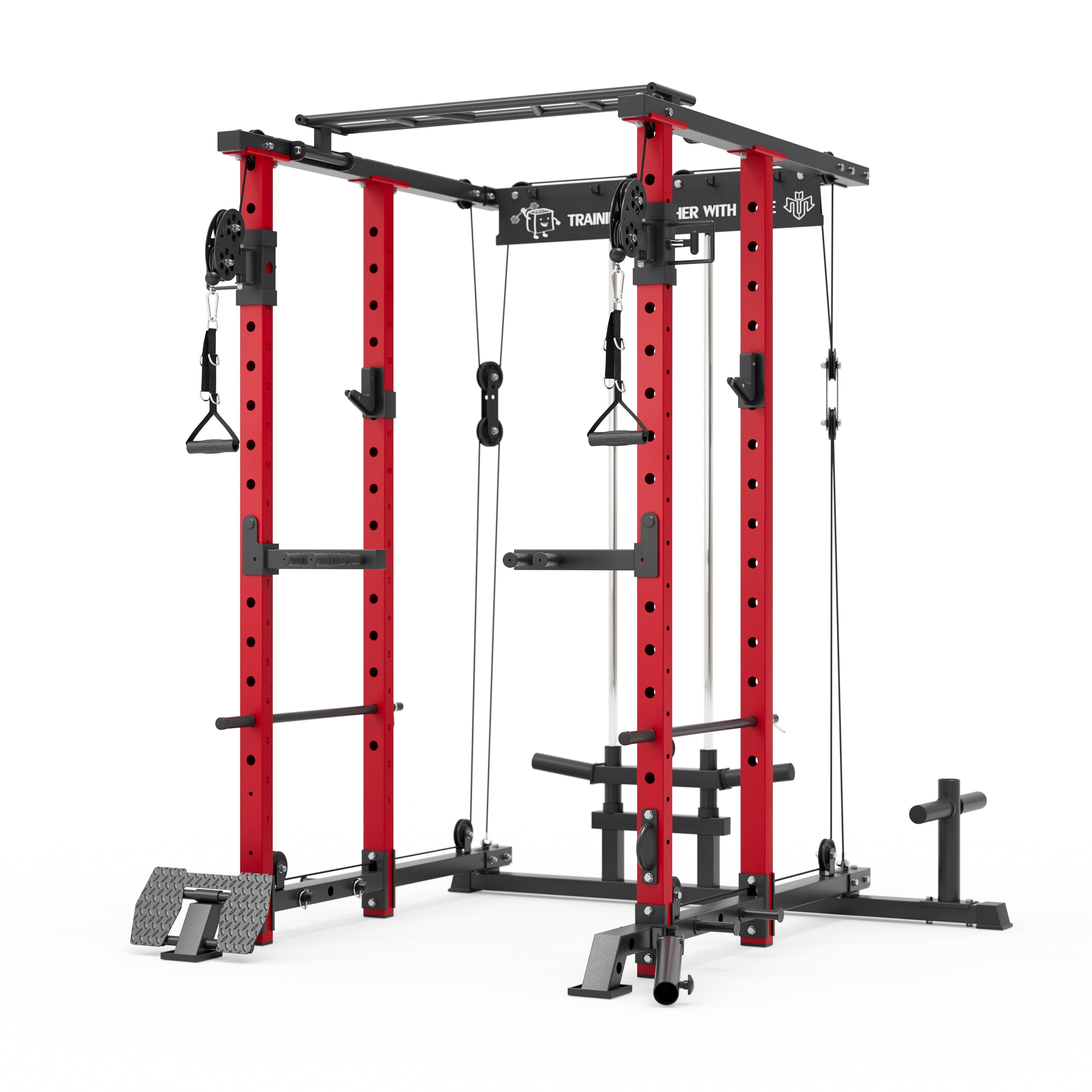
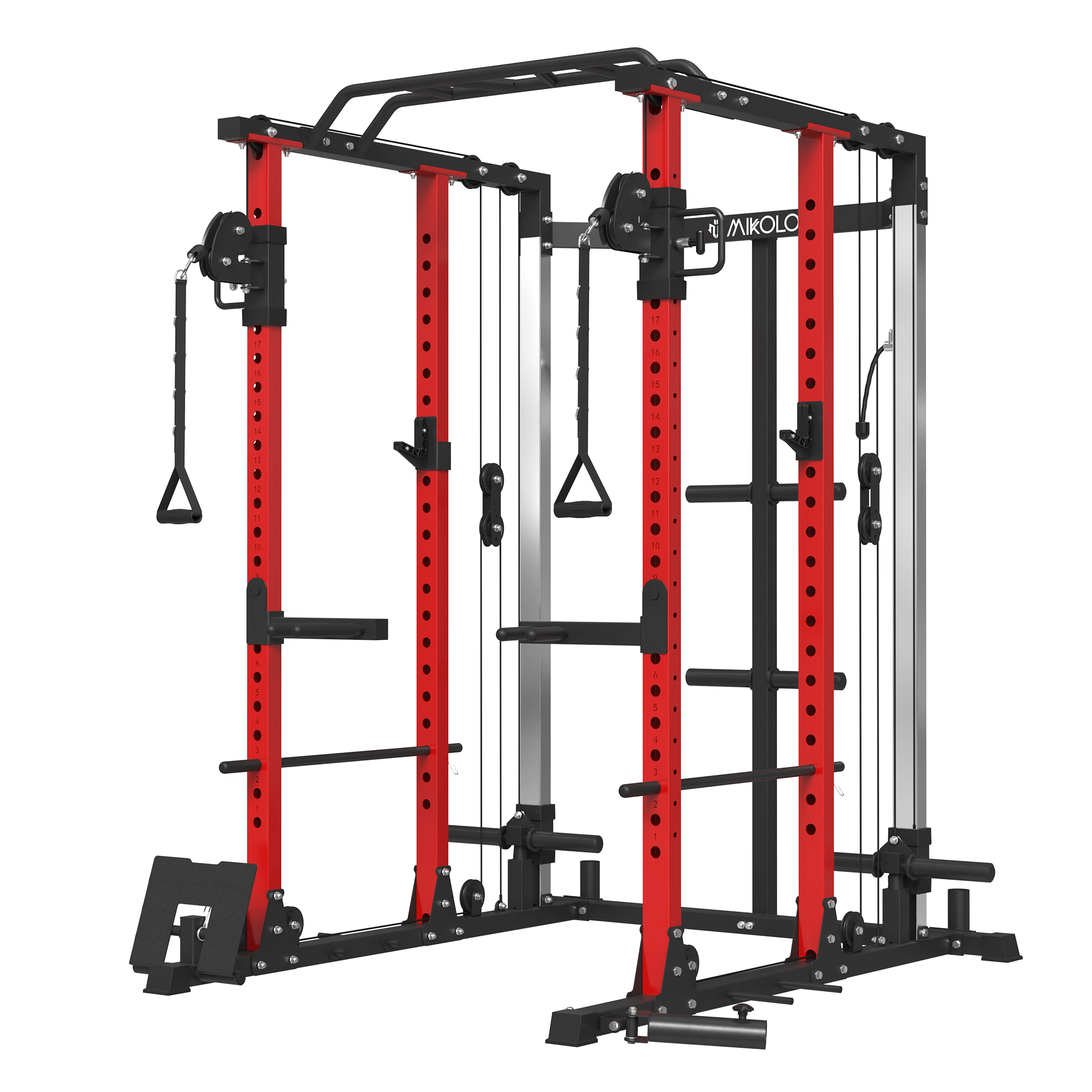

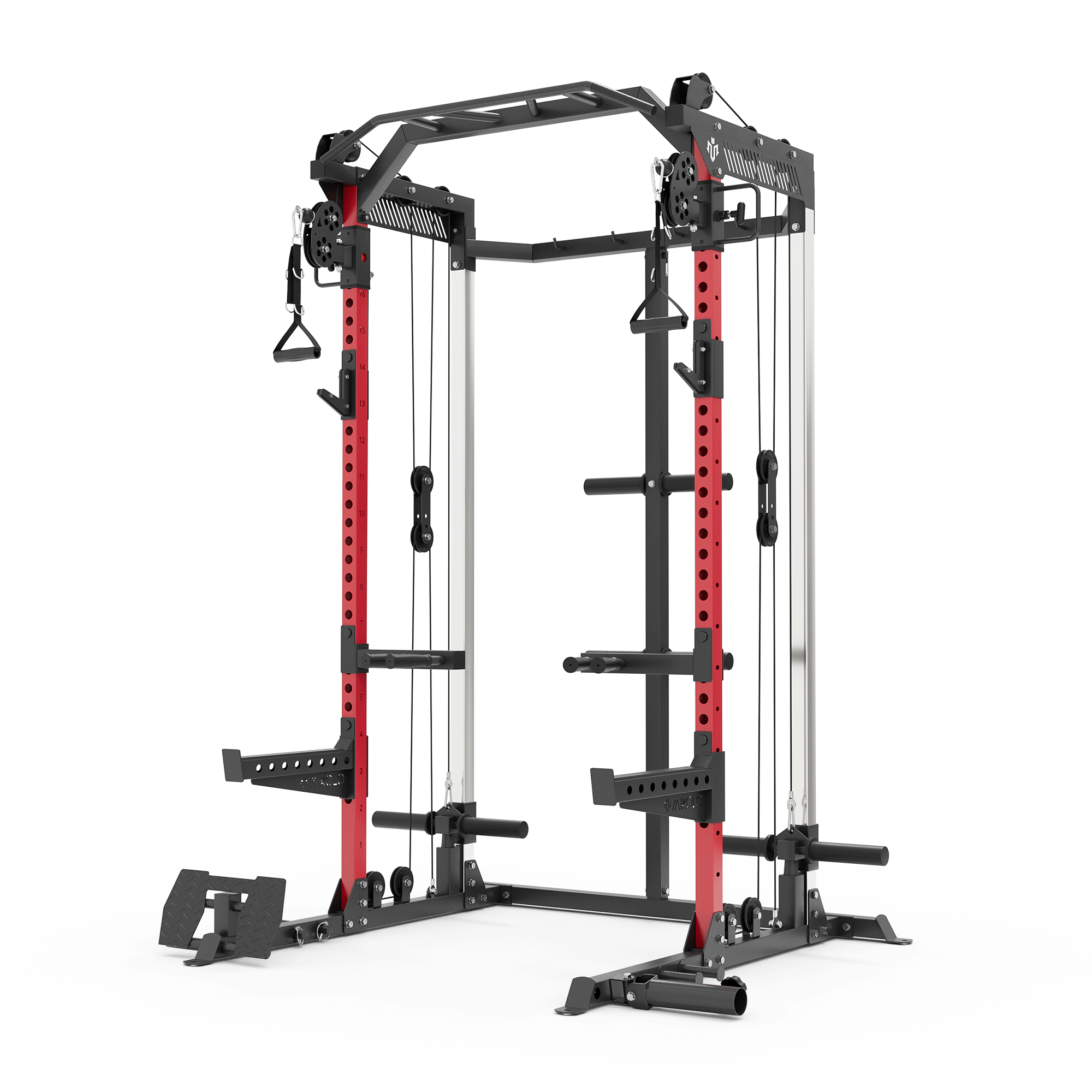

















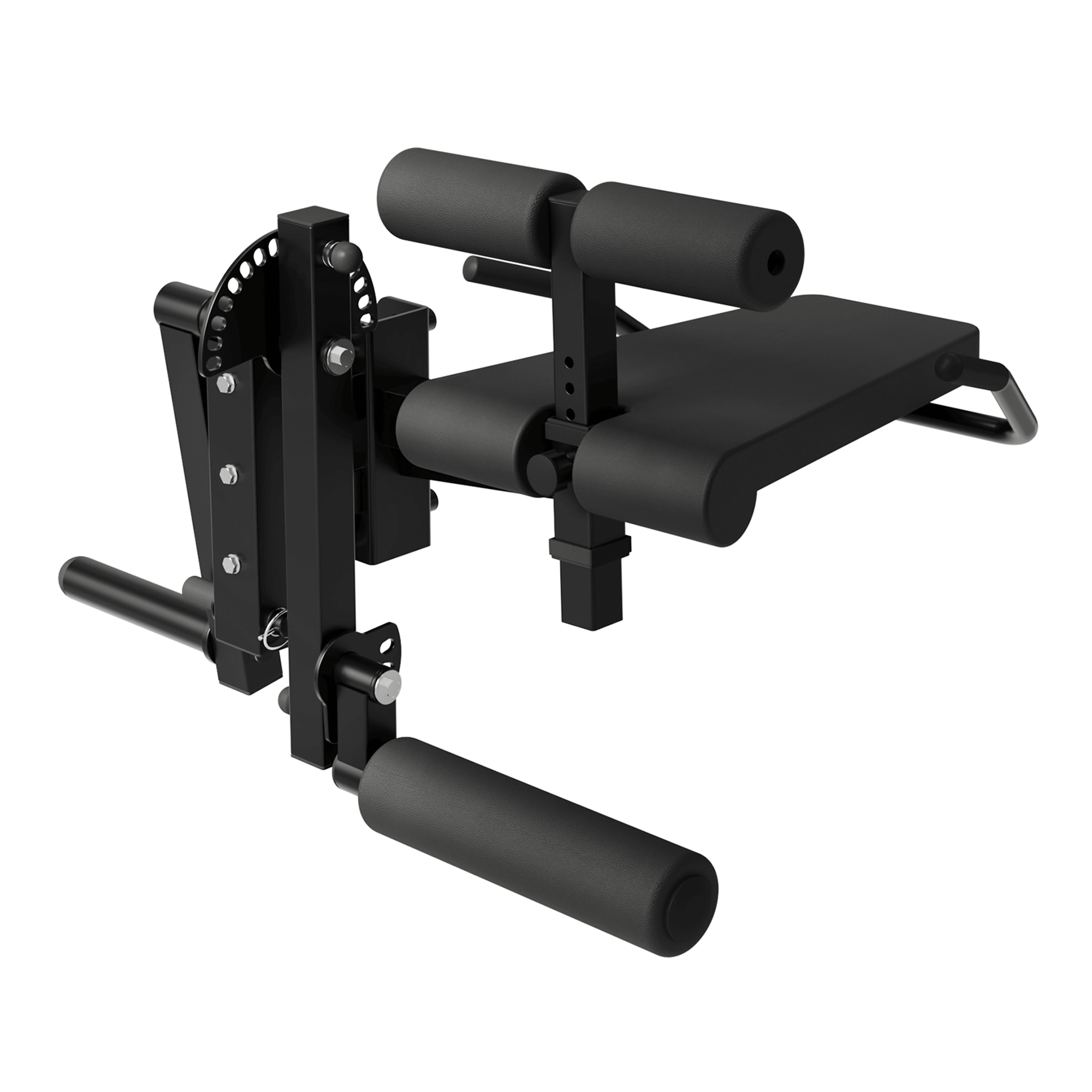



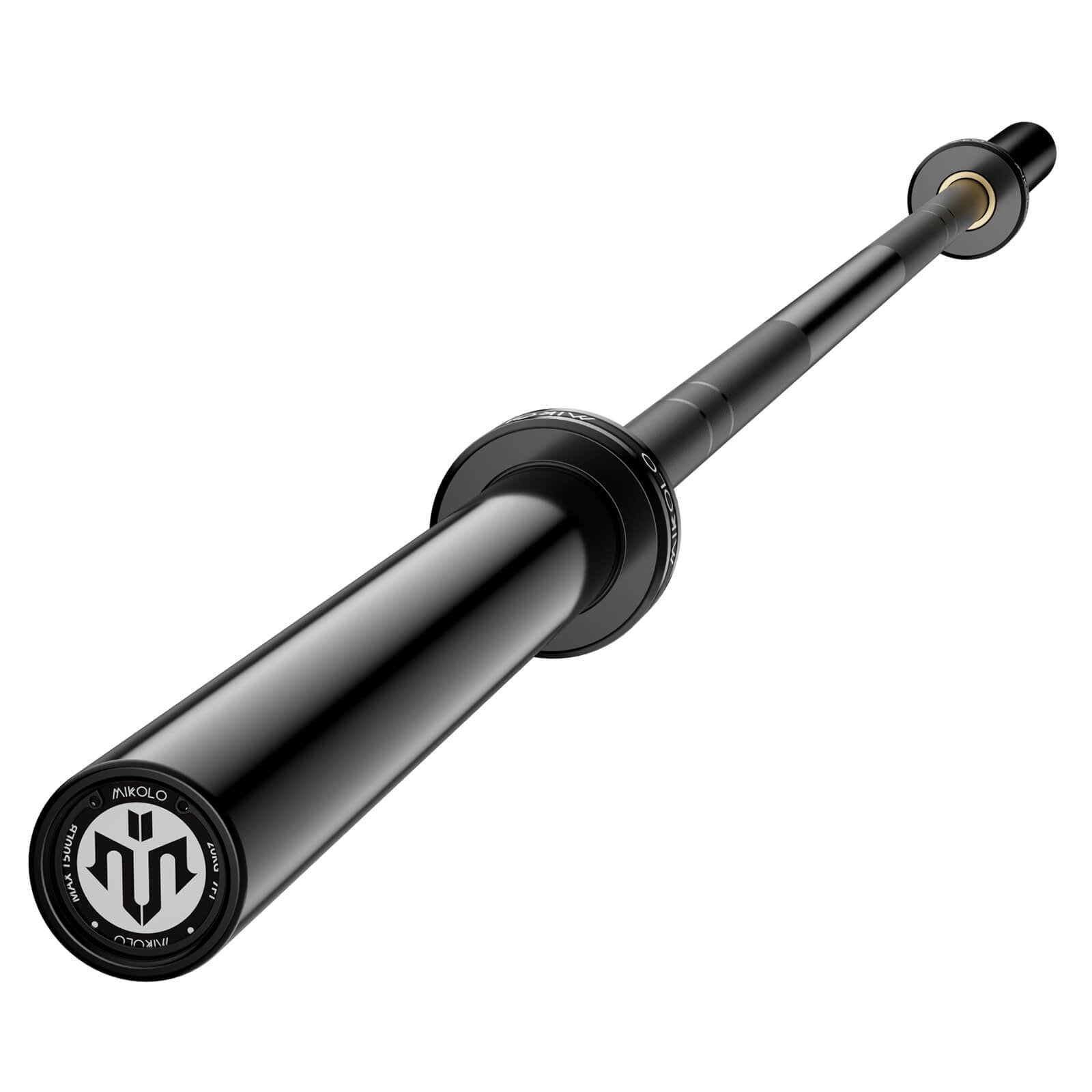



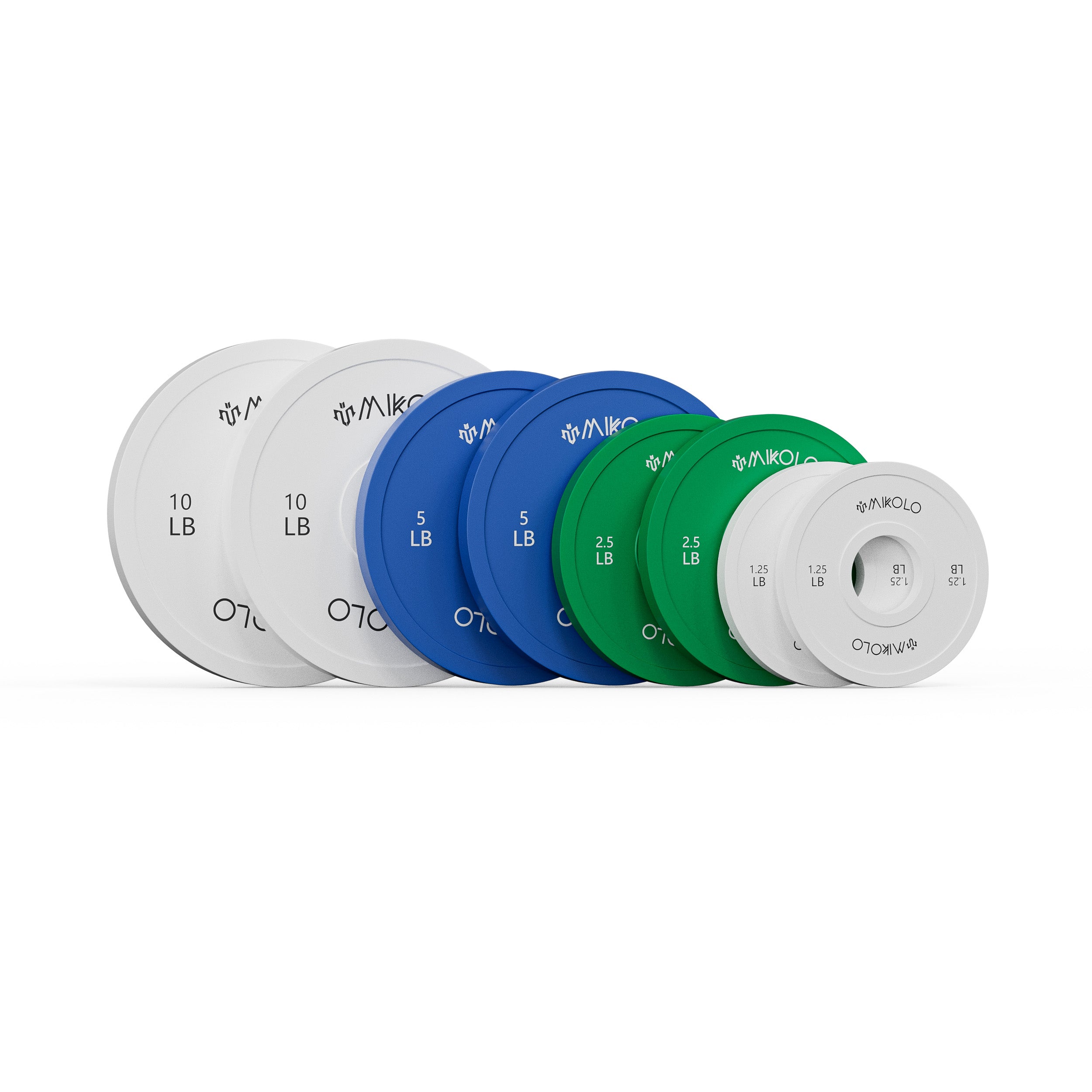




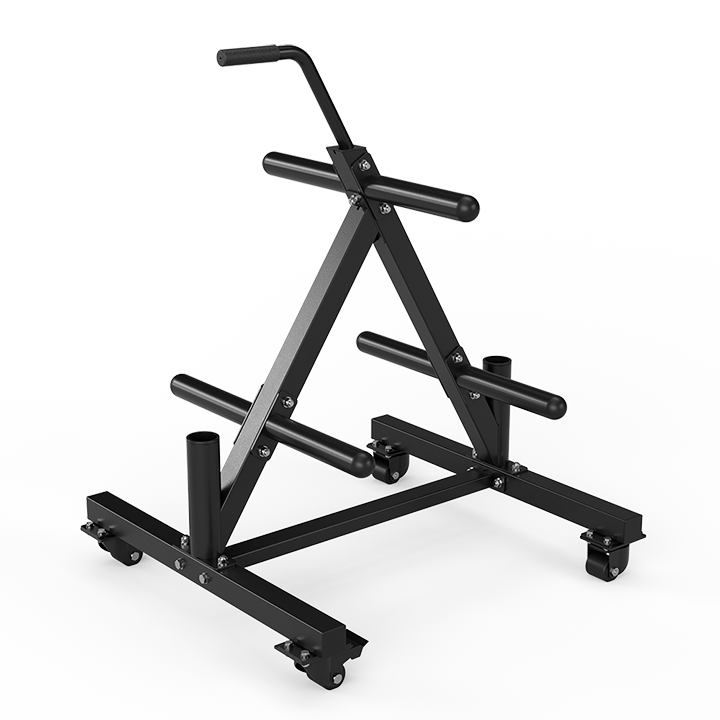




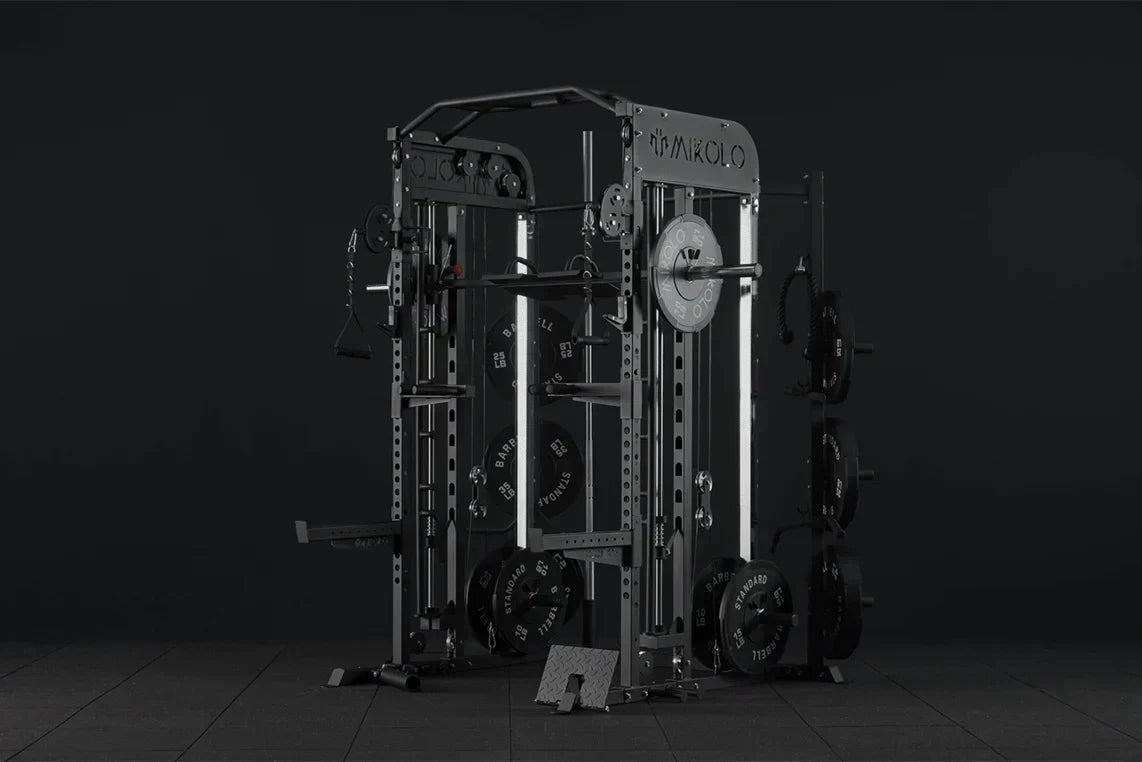

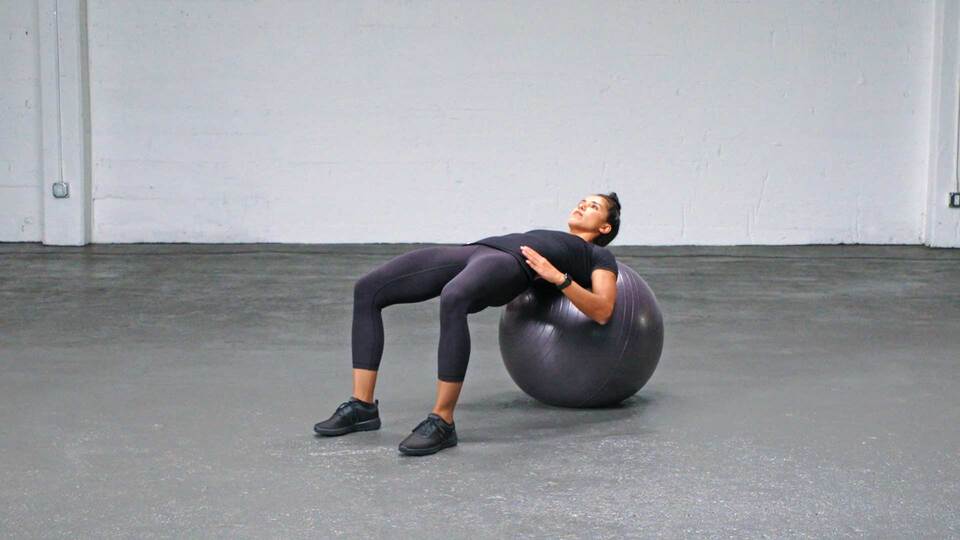
Leave a comment
This site is protected by hCaptcha and the hCaptcha Privacy Policy and Terms of Service apply.